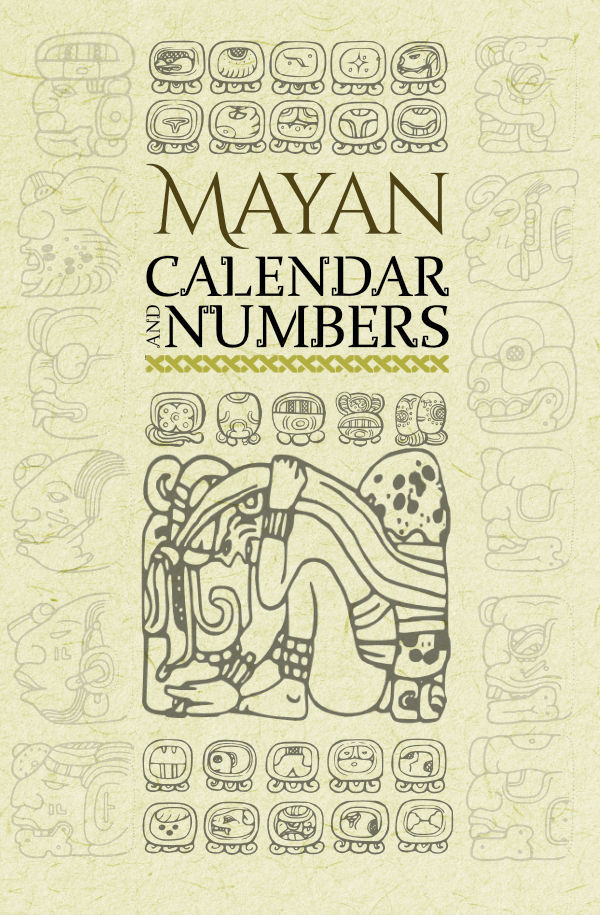The Cenotes in the Yucatan Peninsula are a very special case on the planet that due to its unique characteristics, is not easy to find so abundantly anywhere else. This part of Mexico has many Cenotes because the soil is porous and all the rain seeps into the subsoil, because of this you won’t find any rivers in the peninsula.
The name Cenote comes from the Maya dz’onot, which like many translations, has different interpretations, but the most common are hole with water, well, and abyss.
Number of Cenotes in the Yucatan Peninsula

It’s estimated that in the Yucatan Peninsula there are about 10,000 of them, of which only about 5,000 are registered since most remain hidden in the jungle or underground.
Formation of the Cenotes
The Cenotes are created by the wear of the porous stone that with the flow of water is detached with the passage of time.
They were formed in the Pleistocene Era due to glaciations and the lowering of sea level. Many cenotes are within an extensive system of underground rivers that may or may not end up in the sea.
Cenotes formation by rain
The cenotes are karstic depressions formed as a result of the collapse of the roof of caves or caverns that show the water that runs beneath.

- Rainwater seeps through the porous soil.
- The roof of the cavern begins to detach by the flow of water.
- The entire roof of the cavern is detached, and the Cenote is created.
The Cenotes and the sea
Sometimes the sea water enters these rivers and gives rise to cenotes that, at a certain depth, begin to have salt water instead of sweet water, as usual.

The fresh water that comes from the cenotes created by the rain sometimes comes to join the sea in the form of rivers as in the case of Xel-Ha.
Similarly, water can be supplied from a cenote when it is filtered by the water that comes from the sea.
Types of Cenote formations
The shapes and sizes like open, semi-open, deep and closed. These formations depend on different factors such as the flow of water and the hardness of the rock.
Open cenotes

The open Cenotes are one of the oldest types that exist because their roof has already completely collapsed. They can get confused with lagoons as in the case of Cenote Xlakah in Dzibilchaltún, but they are actually Cenotes.
Semi-open cenotes
The semi-open Cenote looks like the entrance to a cave with a shape similar to a pitcher.
Its upper or lateral opening is small, and the diameter increases as it deepens to reach the water. Some may have water just a couple of meters away from the entrance, but there are others where you have to walk several meters to reach the water.

The semi-open Cenotes that have the opening at the top produce a special light effect as sunlight enters.
Deep cenotes

The deep Cenotes have circular shapes and vertical walls that can reach up to 30 meters. It’s probably the most popular worldwide because of the Sacred Cenote of Chichen Itza and Ik-
Closed Cenote
This type of cenote is completely closed because the erosion of the rock has not yet reached the surface. Much can have caverns with formations of stalagmites and stalactites.
Underground Cenote networks
The cenotes are, in most cases, complex underground river networks that can range from a few meters in length, to hundreds of kilometers, as is the case of Sac Actún.
Sac Actún or Dos Ojos
The largest flooded cave in the world, with an area of 347 kilometers, is located in Quintana Roo.
Researchers have documented the presence of more than 200 cenotes where archaeological remains and bones of extinct Pleistocene fauna have been found, such as ancient elephants, giant sloths, and bears.
This and many other interesting investigations related to the aquifer mantle have been carried out by researchers of the Great Maya Aquifer Project (GAM).
Uses and Mayan Beliefs about Cenotes
The Mayans gave a sacred meaning to these wells, to which they gave two fundamental uses: they were sources of life for the fresh water they contained, but they were also ideal places to make offerings and sacrifice people as a way to honor the gods.
In many cases, they were symbolic scenarios, and spaces for the development of rituals of rain, life, death, rebirth, and fertility. Mainly because for the Mayans of the Peninsula, the Chacs, gods of the rain, lived in the depths of the Cenotes.
In some communities it was also believed that the Aluxes, which were a type of goblins or spirits, lived in the caverns and cenotes, so it was necessary to bring them offerings.
It was also believed that other mythical beings, such as the Sukan, lived in the Cenotes. This being was a giant snake that guarded the aquifers and was related to rain, surface water currents.
Water for drinking and harvest
Thanks to the Cenotes, large Mayan cities, and settlements near them were developed. The water can’t be drunk directly from the Cenote, but they used filtration methods to convert it into drinking water.
In areas where Cenotes did not exist, as in the case of Uxmal, artificial wells called Chaltún were created to store water and use it in times of drought. These were used mainly for human consumption and for crops.
The water supply in the Yucatan Peninsula was and continues to be a serious problem because although rain falls for six or eight months, the dry season becomes severe and can last from four to six months.
Because of these more prolonged droughts, it’s believed that the wars that led to the fall of the Mayan Empire began.
The Cenotes for rituals
The Mayan dynasties of rulers controlled the meaning of the Cenotes in a practical and symbolic way to maintain political and social control over life and death.
This is why the great veneration that can clearly be seen by the altars and shrines built next to them as in the cLearn about Cenotes and formation types, number of Cenotes, old beleives, rituals, human sacrifices, their present and future.ase of the Casa del Cenote in Tulum. Also, for the abundant offerings that have been found at the bottom of them as in the case of the Sacred Cenote in Chichen Itza.
There were also rituals where jewels, vessels, textiles, and sculptures were thrown in. There are other cases where they were not thrown in but placed there when they were caves that had a lower water level.
Human sacrifices in Cenotes
Human sacrifices were not made just because. The Mayans considered them the sacred door to the Mayan Underworld or Xibalba, that is, to another world of happiness and eternity.
It’s thought that these human sacrifices were made to thank the gods for the gift of water or even to request it.
It’s important to mention that each one had a specific use, the one that was used to drink water, was not used to perform sacrifices or rituals.
The Cenotes today
They continue to be of great importance today, but less for the veneration of the ancient Maya, and more as a tourist attraction, without forgetting the water supply they provide.
In the present, they are still the main source of water for the peninsula’s population. The cities of Mérida, Cancún or Playa del Carmen depend on these water sources for their development.
The future and the caring of the Cenotes
To take care of these aquifers, the commitment of authorities, citizens, construction and tourist companies, as well as tourist themselves, need to do their part. So, when you visit one and someone ask you not to use sunscreen and do not throw garbage, please follow the rules so we can keep these gifts from nature for much longer.
Visit Cenotes
If you’re looking for more information about a specific Cenote for your next visit, I recommend checking this website where you can find information on each of the most visited.




















